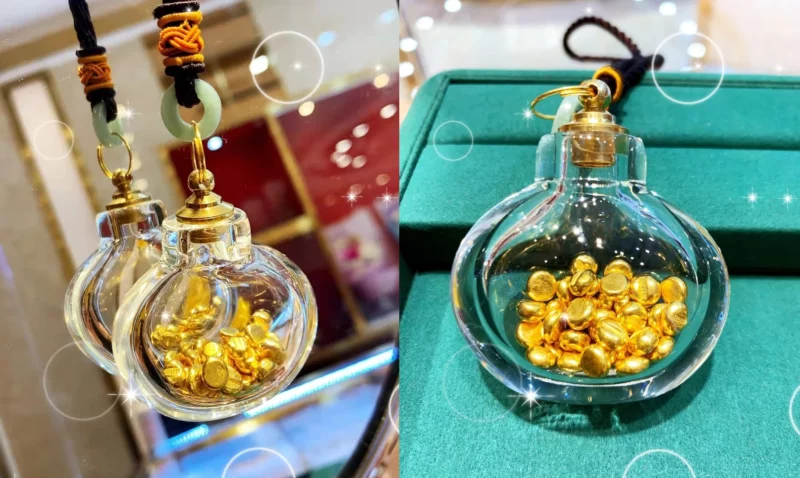The past two days have been a roller coaster for the American chipmaker Lay’s. The brand fell victim to a “scandal” after a customer publicly claimed on 24 March that she had found some “hairs” in Lay’s chips.
The complaint soon caught media attention amid the ever-closer scrutiny on food safety issues from China’s public and media, which pushed the topic of “Lay’s chips found to have hairs” to one of the hot searches on China’s Twitter-like platform Weibo as of 27 March.
Following the complaint, Lay’s customer service got in touch with the complainant explaining that “those ‘hairy objects’ are rootstocks of potato, which is edible though lack of texture”. Meanwhile, the brand also paid 1,000 RMB ($157.1) as compensation as per China’s Food Safety Law. The offer, however, has unexpectedly become another trending topic because some think the compensation suggests Lay’s is admitting there is hair in its products.
In response, the brand published a post on Weibo, denying the emerging assumption, adding that the claim is “untruthful and harmful to the brand’s reputation”. It also said the claimant has now shown understanding of the situation and has taken down the original video.
Some have speculated that a fall is soon to come to Lay’s like any brand who has previously been embroiled in a food safety scandal. Those who think so, however, are later surprised to find that the brand has been embraced by fans with many convinced by the brand’s explanation and showing their understanding that it is inevitable to have roots included in the products. Others even believe the inclusion of roots shows the authenticity of the ingredient.
In addition, Lay’s payment of 1,000 RMB ($157.1) turned out to have earned the brand extra brownie points, as it has been viewed as “generous”, with some jokingly saying “I didn’t complain last time when I had “hairy” chips, missed the opportunity to earn such a big money.”
Such a supportive sentiment might be an unexpected gain for Lay’s. But the latest episode suggests that timely communication and explanation for consumers are crucial for brands involved in controversy, and a prompt and sincere response could save a brand from a PR crisis.









